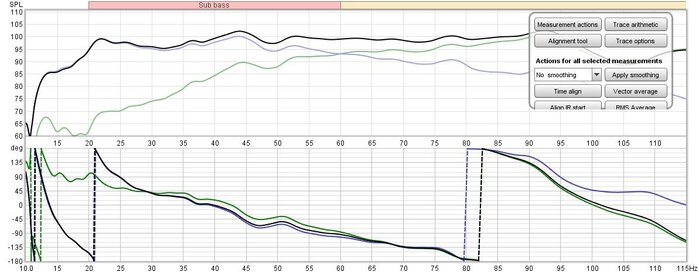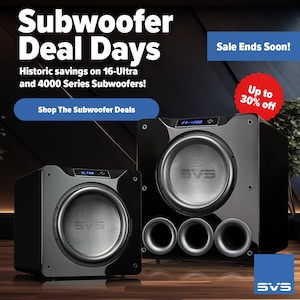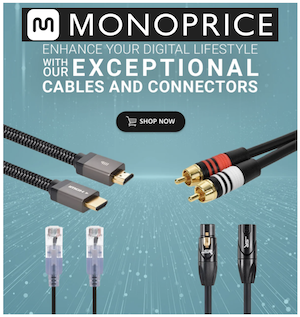jtalden
Senior Member
More
- Preamp, Processor or Receiver
- Marantz AV7705 Pre/Pro
- Main Amp
- VTV 6 chnl NC252MP P-amp x 2
- Additional Amp
- Behringer DCX2496 x 2
- Universal / Blu-ray / CD Player
- OPPO BDP-103 Universal Player
- Front Speakers
- DIY SEAS H1456/H1212 Spkr x 5
- Subwoofers
- DIY JBL 2235H 15" SW x 2
- Screen
- Da-Lite Da-Snap 39105V - 92"
- Video Display Device
- JVC DLA-X790R
I analyzed both 80 and 100 Hz XOs. The SW XO timing of both was already at the most favorable setting. It would be the conventional target for this setup. There was no indication that FL+FR sum was showing that large dip around 65-100 Hz that we were trying to avoid. Even though the SPL is now starting to rolloff in that range, I expected to again see a clear evidence of the dip in the FL+FR sum. This makes me wonder if there may have been a problem with the measurements analyzed in Post-11 that impacted the phase in that area. Possibly a measurement error created a red herring in the analysis.
Since there was no advantage in using 100 Hz XO the following with respect to the 80 Hz XO data. Since the current timing is already the most favorable for SPL and you commented on hearing differences in the bass with different setups, I identified 2 additional options that also provide favorable SPL.

Since there was no advantage in using 100 Hz XO the following with respect to the 80 Hz XO data. Since the current timing is already the most favorable for SPL and you commented on hearing differences in the bass with different setups, I identified 2 additional options that also provide favorable SPL.
- Use the current conventional timing (Trace 6)
- Reduce the SW delay by 13 ms (Trace 9)
- Reduce the SW delay by 7.5 ms and invert the polarity of the SW (Trace 12)








 - I always find that confusing! Ok so tomorrow I will try both options and see how that goes - many thanks.
- I always find that confusing! Ok so tomorrow I will try both options and see how that goes - many thanks.







